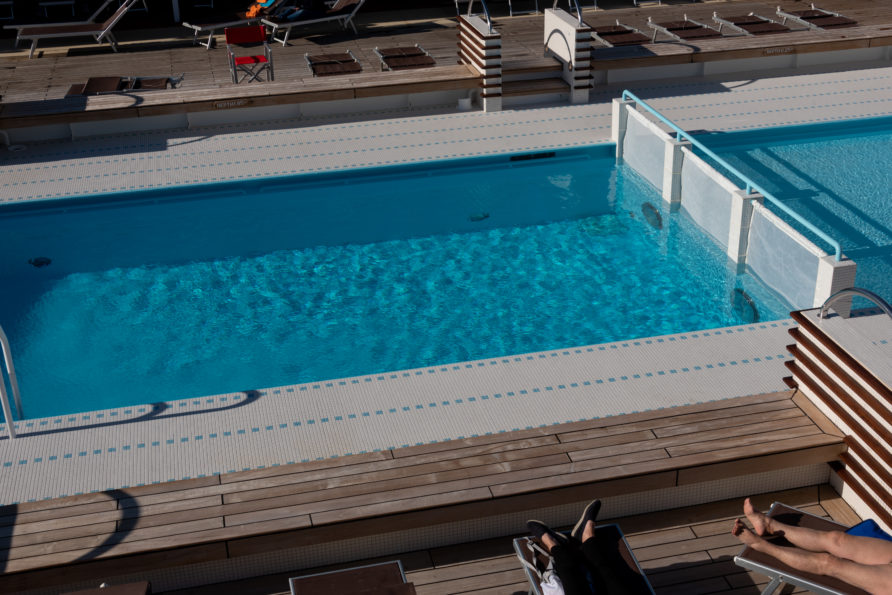Swimming in a pool is a great way to cool off and pass the time, especially in the hot summer. However, few people think about the microorganisms lurking in the water and on pool walls. In this article, we'll look at what types of bacteria can live in pools, how they get into the water, and what threats they pose to swimmers. We will also discuss disinfection methods, including a combination of chlorine and ultraviolet light, that keep the water safe and clean.
Bacteria that live in swimming pools
Swimming pools can be an ideal breeding ground for various types of bacteria. Among them:
- E. coli: These are bacteria that live in the intestines of humans and animals. Their presence in pool water can be an indicator of contamination by intestinal materials.
- Pseudomonas: These can cause infections, especially in immunocompromised individuals.
- Staphylococcus aureus: These bacteria can cause skin and eye infections.
How bacteria get into water
- People: One of the main ways bacteria get into a pool is through swimmers. Germs on swimmers' skin, hair, and clothing can enter the water.
- Objects: Various items that fall into the pool, such as leaves, plastic toys, and trash, can contain bacteria and carry it into the water.
What are the dangers of bacteria
The presence of bacteria in the pool can pose certain health risks to swimmers. Possible problems include:
- Infections: Some bacteria can cause infections of the skin, eyes, and respiratory tract.
- Stomach Diseases: E. coli and other intestinal bacteria can cause stomach diseases if the water is contaminated.
Decontamination and security
Keeping swimming pools safe is a complex task that requires a combination of measures. However, one of the key methods is water disinfection. This can be achieved using chlorine and ultraviolet irradiators.
- Chlorine: Chlorine is added to water to kill bacteria and viruses. This method of disinfection is the most common and effective.
- UV Irradiators: UV lamps with a wavelength of 254 nm disinfect water by destroying bacterial DNA and preventing bacterial growth.
The combination of chlorine and ultraviolet irradiators provides a higher level of safety and cleanliness to the pool water.
Swimming pools can be a source of fun and cooling during hot times, but they can also hide an unseen threat in the form of bacteria. Effective decontamination and hygienic measures can keep swimmers safe and protect their health. The combination of chlorine and UV irradiators is one of the most effective ways to fight bacteria and ensure clean pool water.







